One of the most awe-inspiring aspects of galaxies is their sheer size and scale. From edge to edge, they can span hundreds of thousands to millions of light-years, containing billions of stars along with countless other celestial objects. Yet, despite their vastness, galaxies often appear as delicate spirals, graceful ellipses, or irregular smudges against the darkness of space.
As you gaze at a galaxy, you're witnessing the culmination of billions of years of cosmic evolution. Each star within it has its own story to tell, from its birth in the turbulent depths of a stellar nursery to its eventual demise as a supernova or the quiet fade into a white dwarf. The patterns of star formation and the distribution of matter within galaxies offer tantalizing clues about the universe's past and its future.
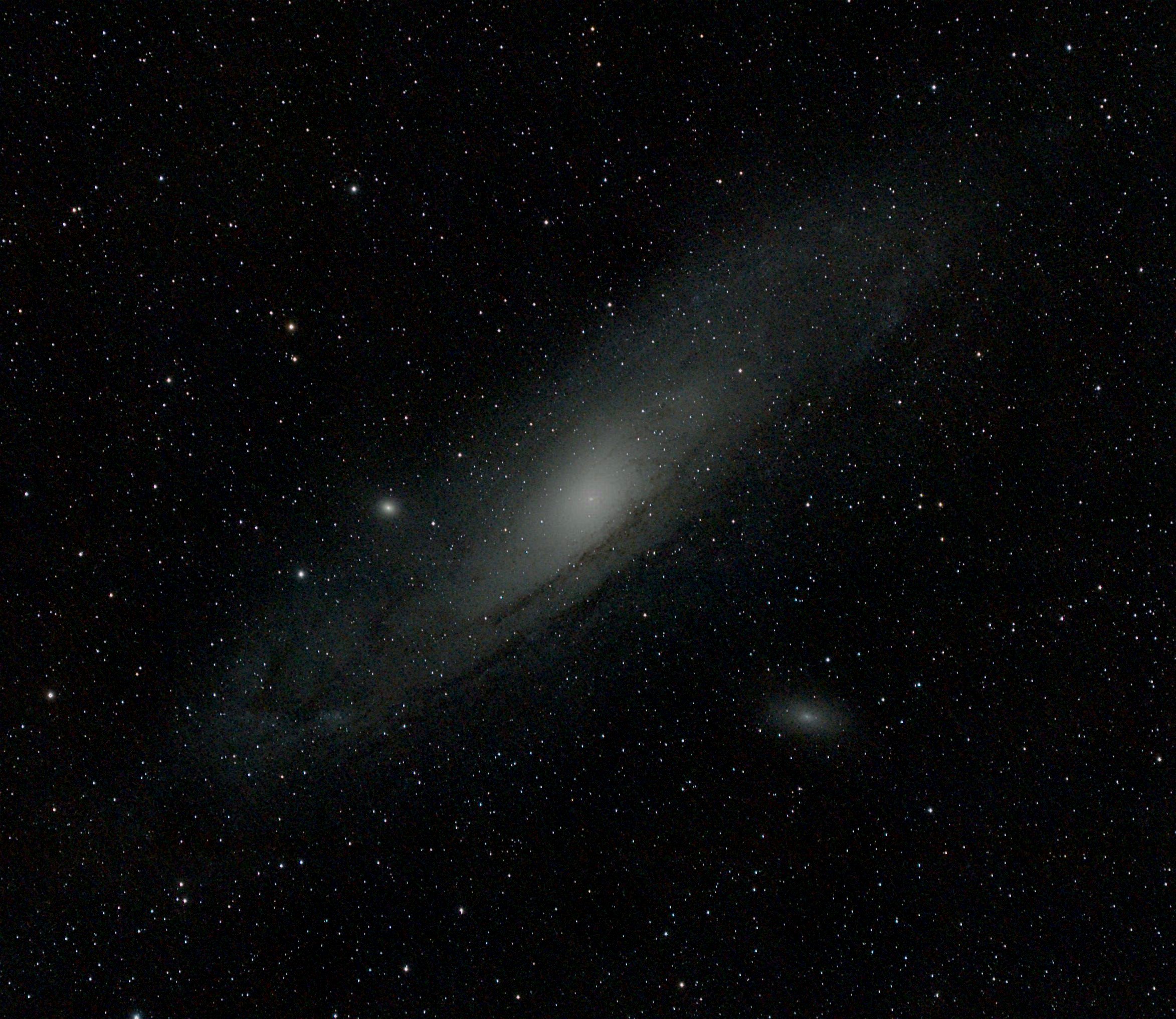
M31
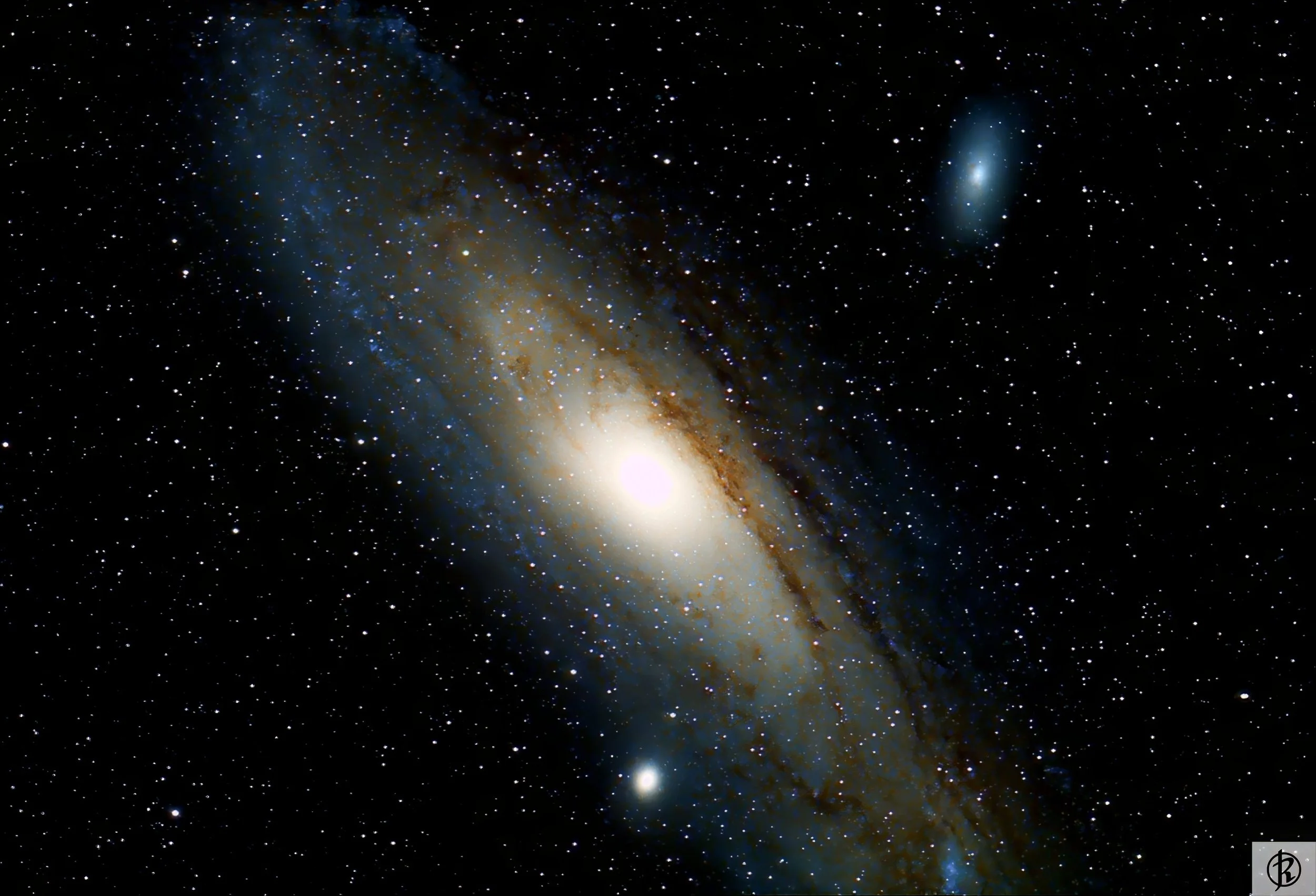
M31
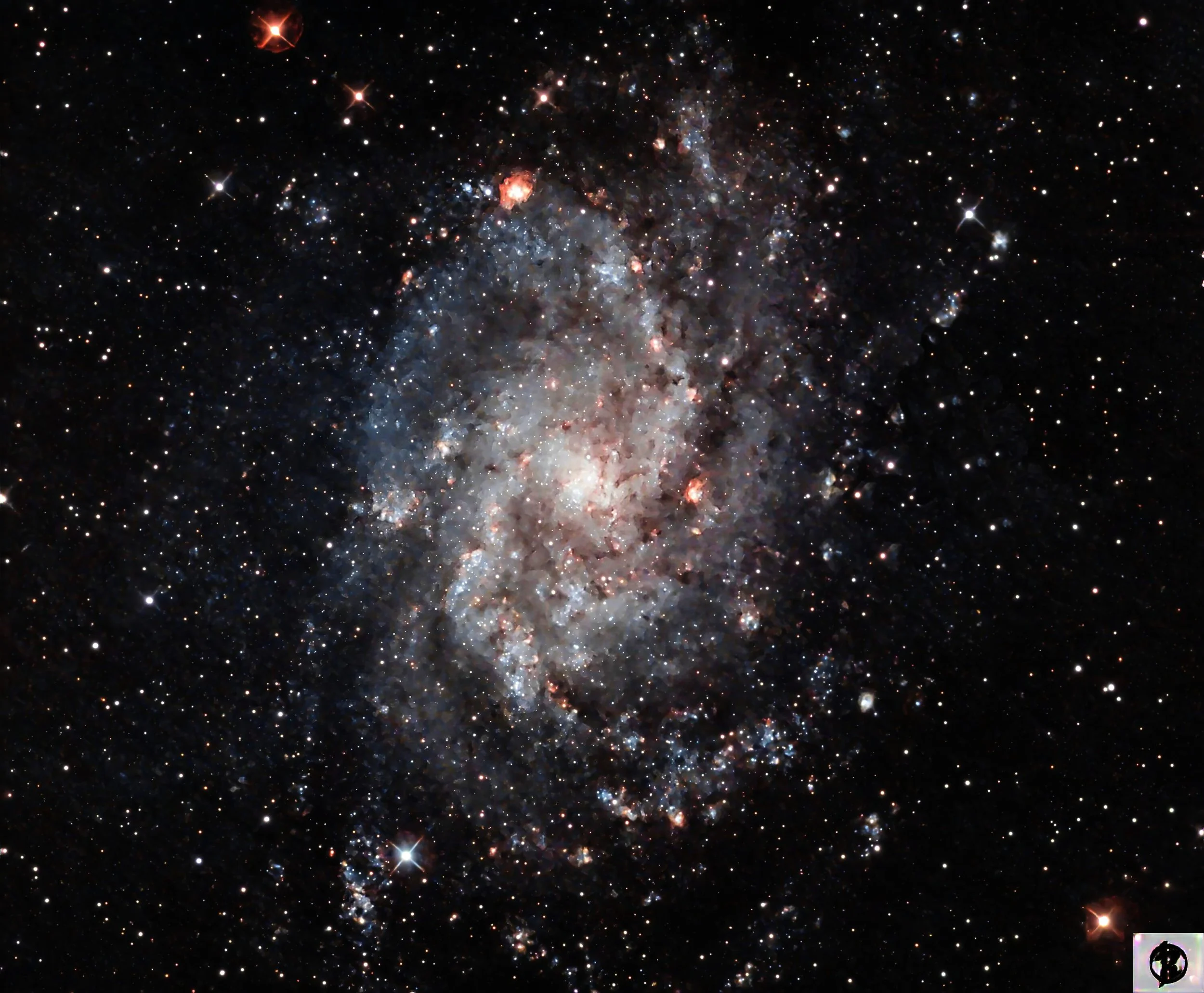
M33

M65&M66

M51

M101

M51


M64 The Black Eye Galaxy

NGC 4725 and 4712 in Coma Berenices
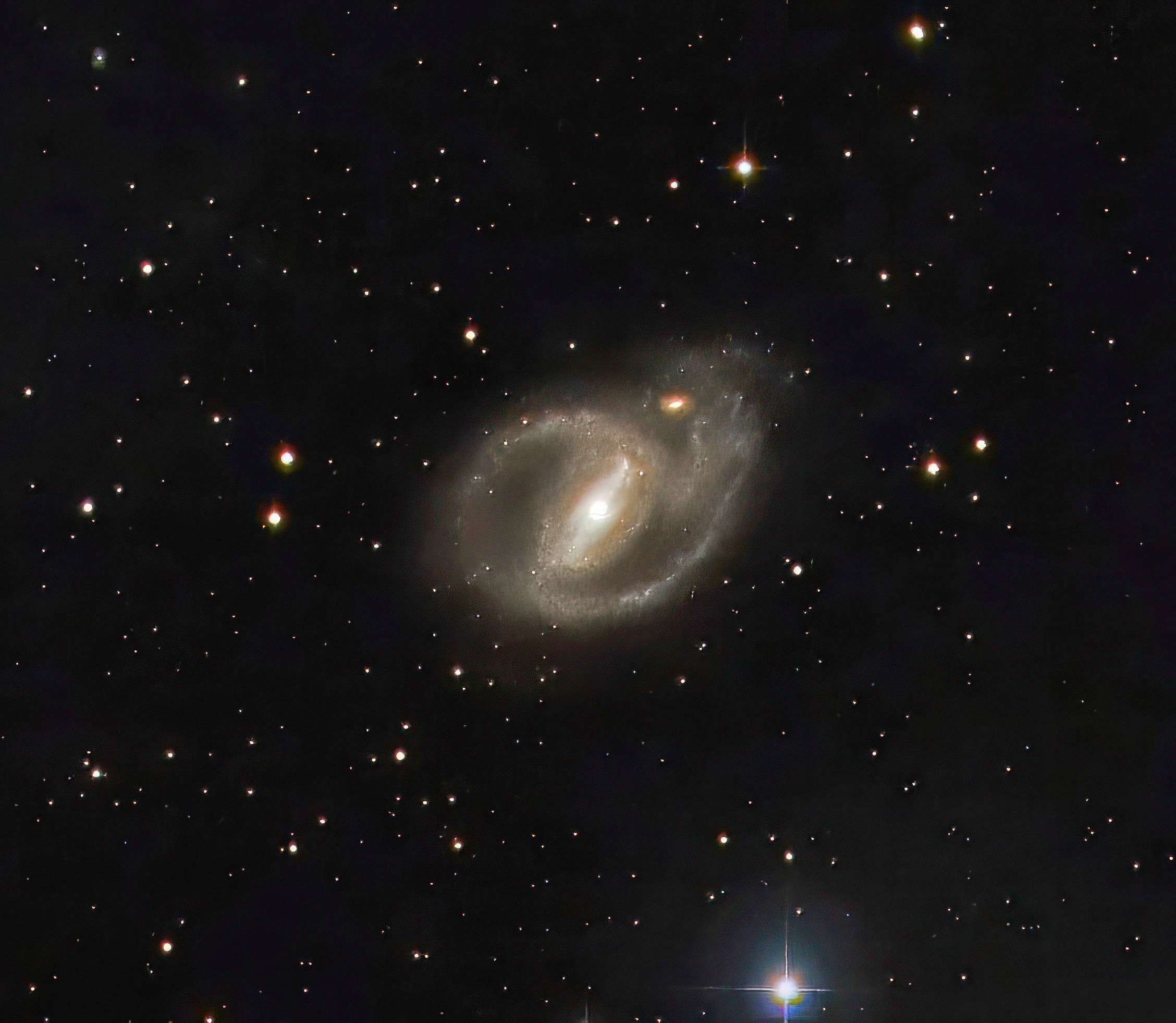
NGC 1097
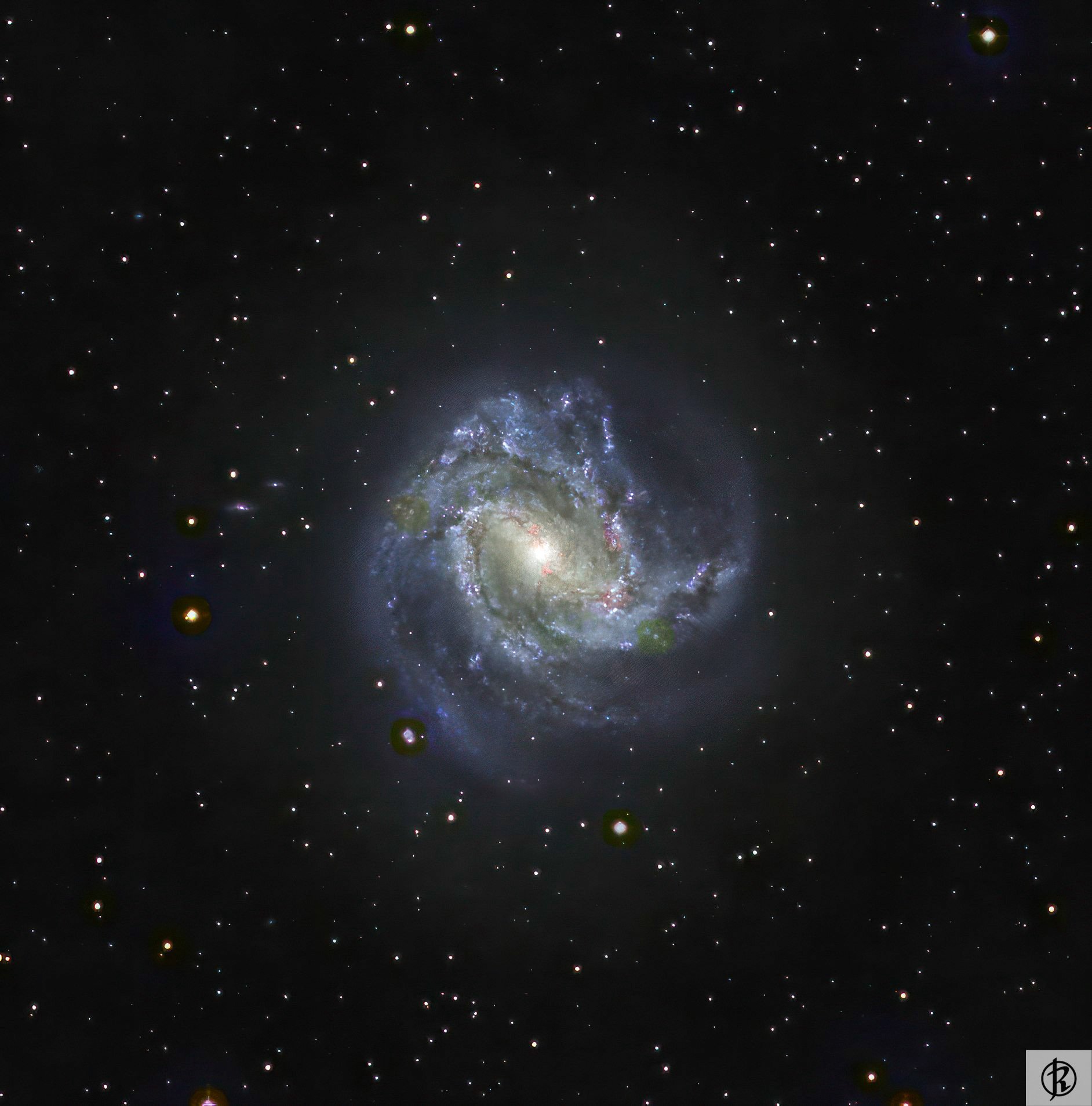

NGC 6744

Topsy-Turvey Galaxy NGC 1313
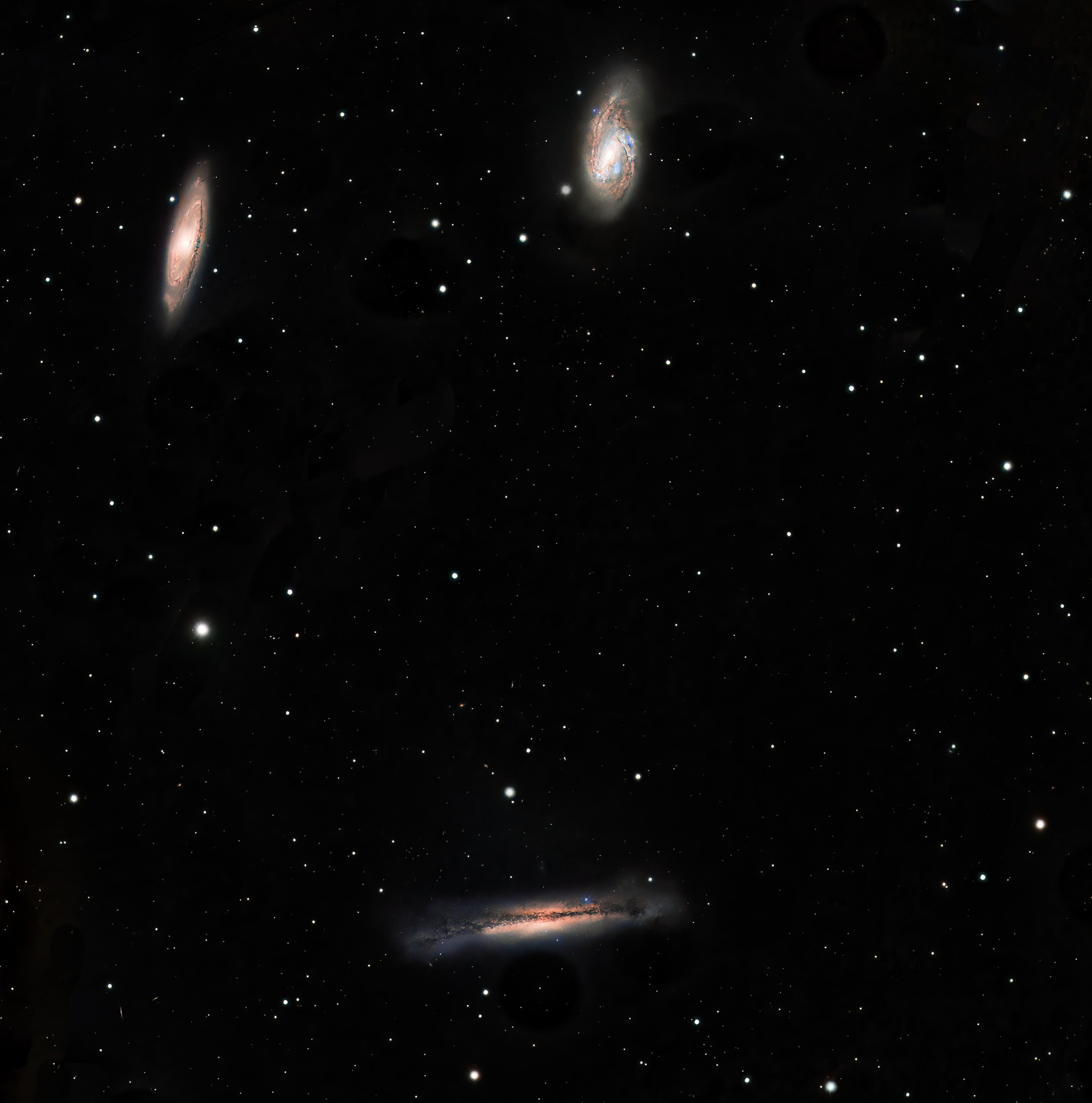
Leo Triplett

M51
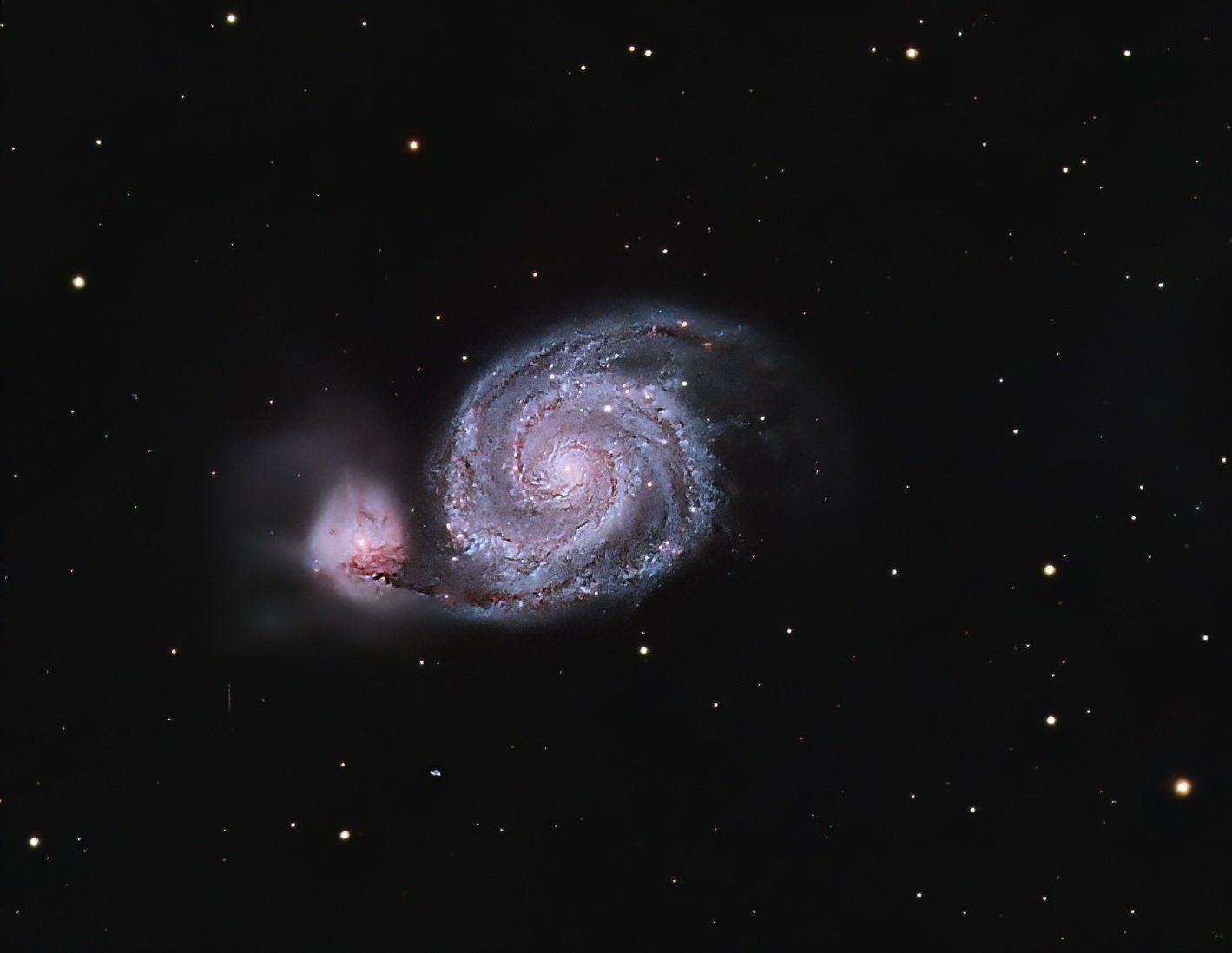
M51

M101
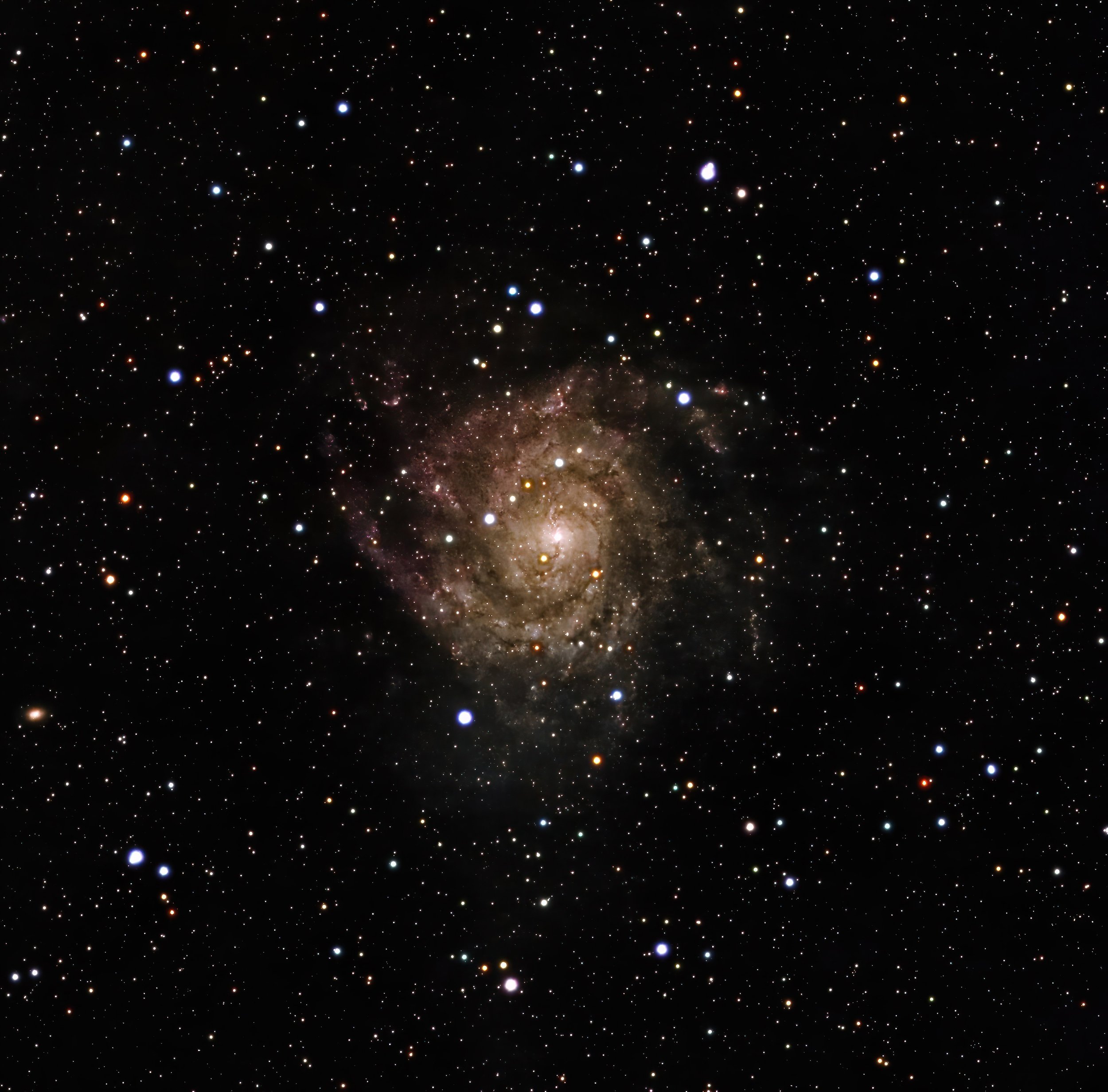
IC 342

M81

NGC 891
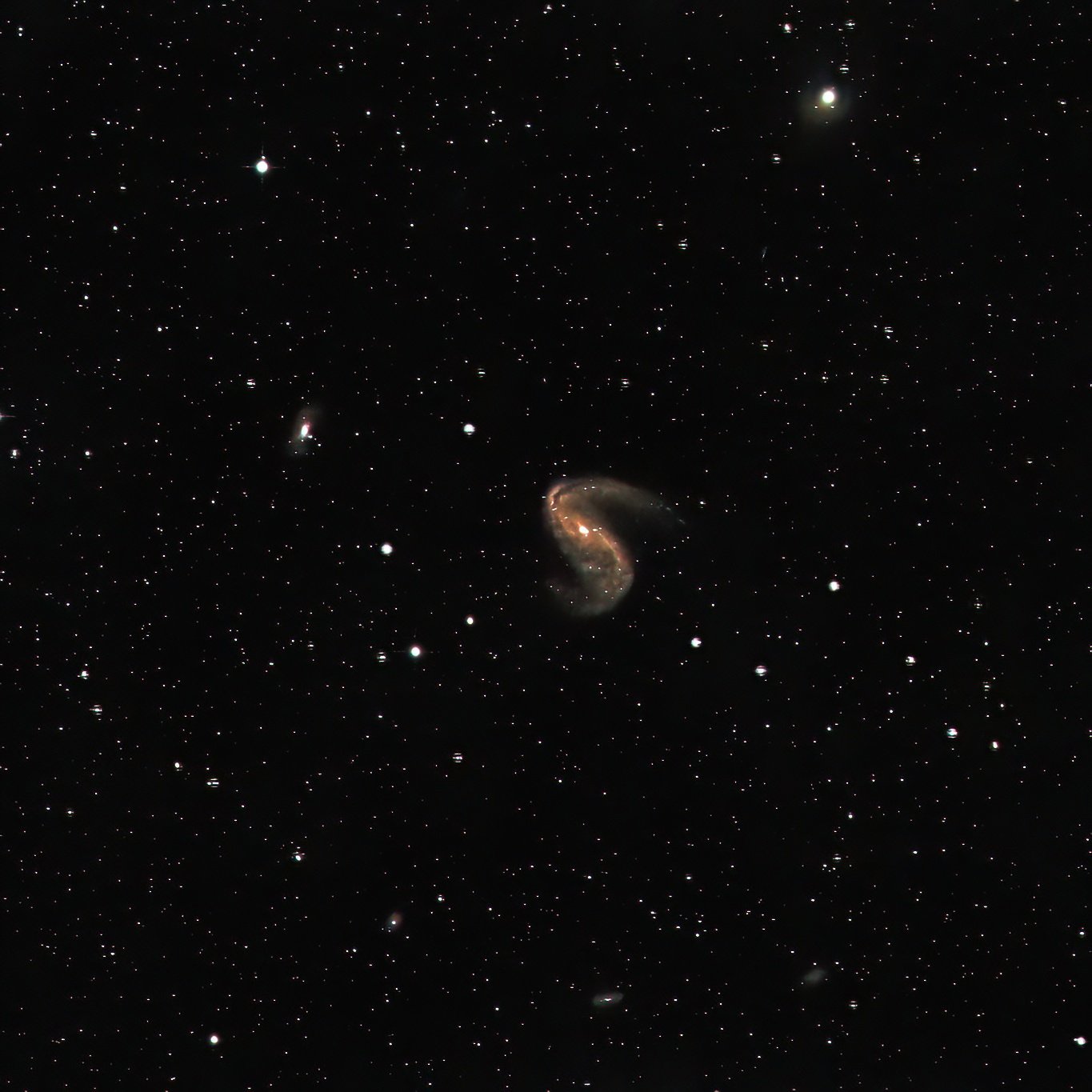


M51

M81

M101

M106